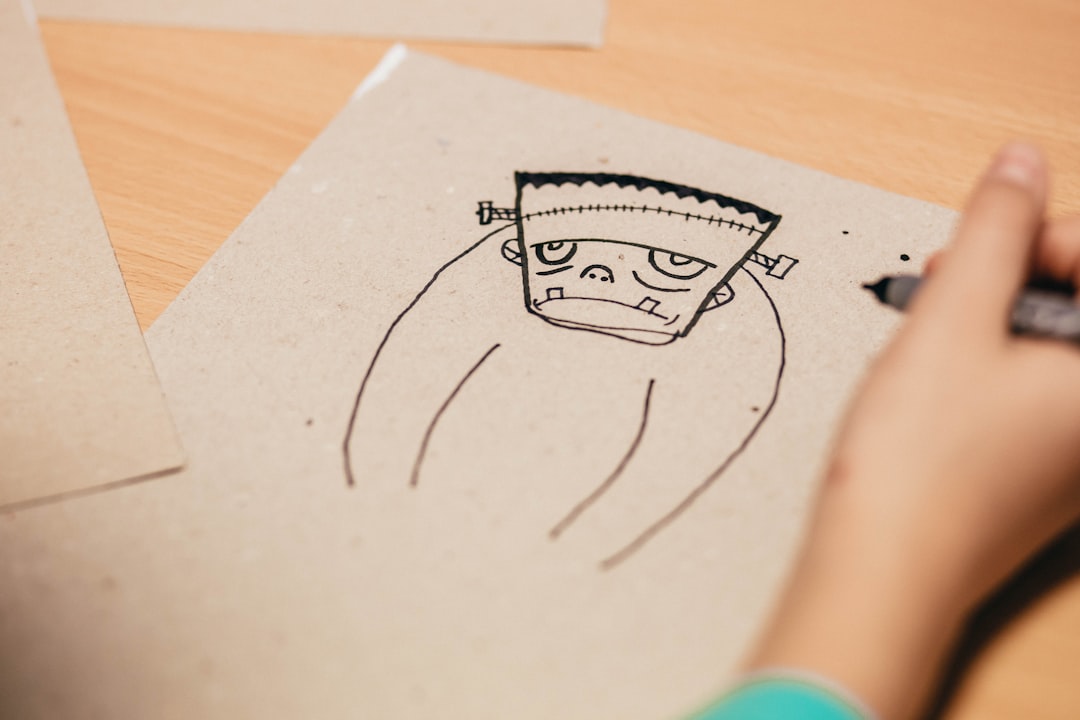What is it about?
This essay examines the relationship between the cultural appropriation of Black female artistic labor and the anticolonial invocation of modernity in an East Asian context. In the 1930s, Koreans featured erotic, mobile, and modern images of the world-famous performer Josephine Baker in the popular magazine Jogwang. In 1935 and 1936, the cartoonist and illustrator Kim Gyu-taek rewrote the legendary folktale Simcheongjeon in the form of “narrative cartoons.” In doing so, he linked Baker’s cultural labor to Korean women’s reproductive labor as a means of modernizing colonial Korea. In 1936, Jogwang took Baker’s artistic motions as points of inspiration and arranged photographs of her dancing number in a collage to instill social mobility in Korean women. These circulations of Baker as a public and dynamic performer encouraged Korean women to move out of the domestic sphere as part of a broader effort to fashion them as potential radical activists against Japanese rule. This forging of an “Afro-Korean” connection, however, fetishized Baker as a modern ideal and inscribed political meanings in her performances. Kim’s literary and Jogwang’s visual practice, in other words, encroached upon Baker’s personhood. By tracing Koreans’ anticolonial labor politics in their fetishizing representations of the Black female artistic worker, this essay suggests a way of addressing the discourse of the transpacific circulation of labor beyond notions of cross- racial alliance.
Featured Image
Why is it important?
Afro-Asia; Afro-Korea; Josephine Baker; black women; manmun manhwa; Korea; colonialism; circulation; adaptation; appropriation; labor; modernity; fetish
Read the Original
This page is a summary of: Josephine Baker Meets a Korean Housewife: Narrative Cartoons, Women's Labor, and the Circulation of Modern Fetish, Literature Compass, May 2016, Wiley,
DOI: 10.1111/lic3.12311.
You can read the full text:
Contributors
The following have contributed to this page










